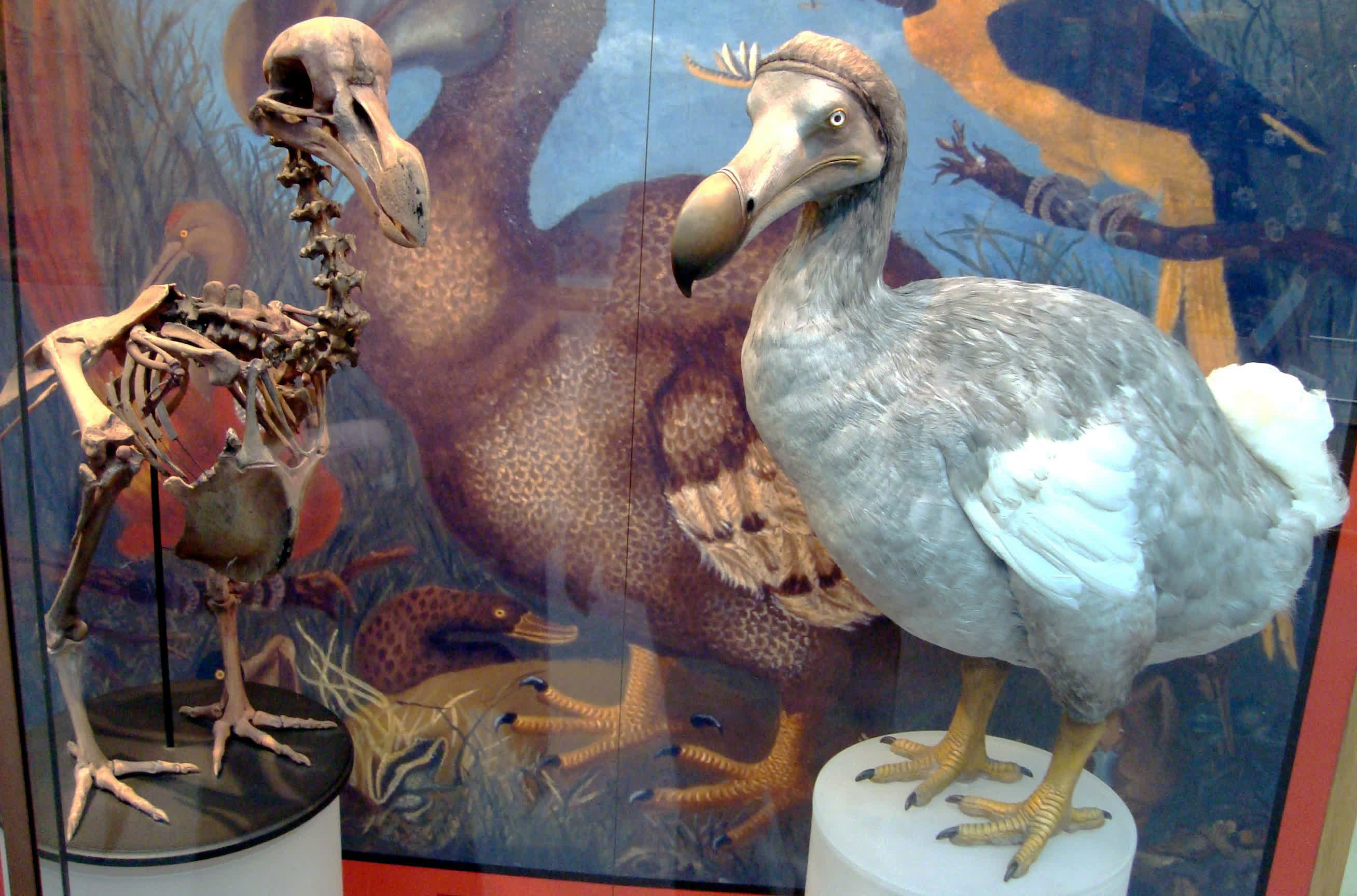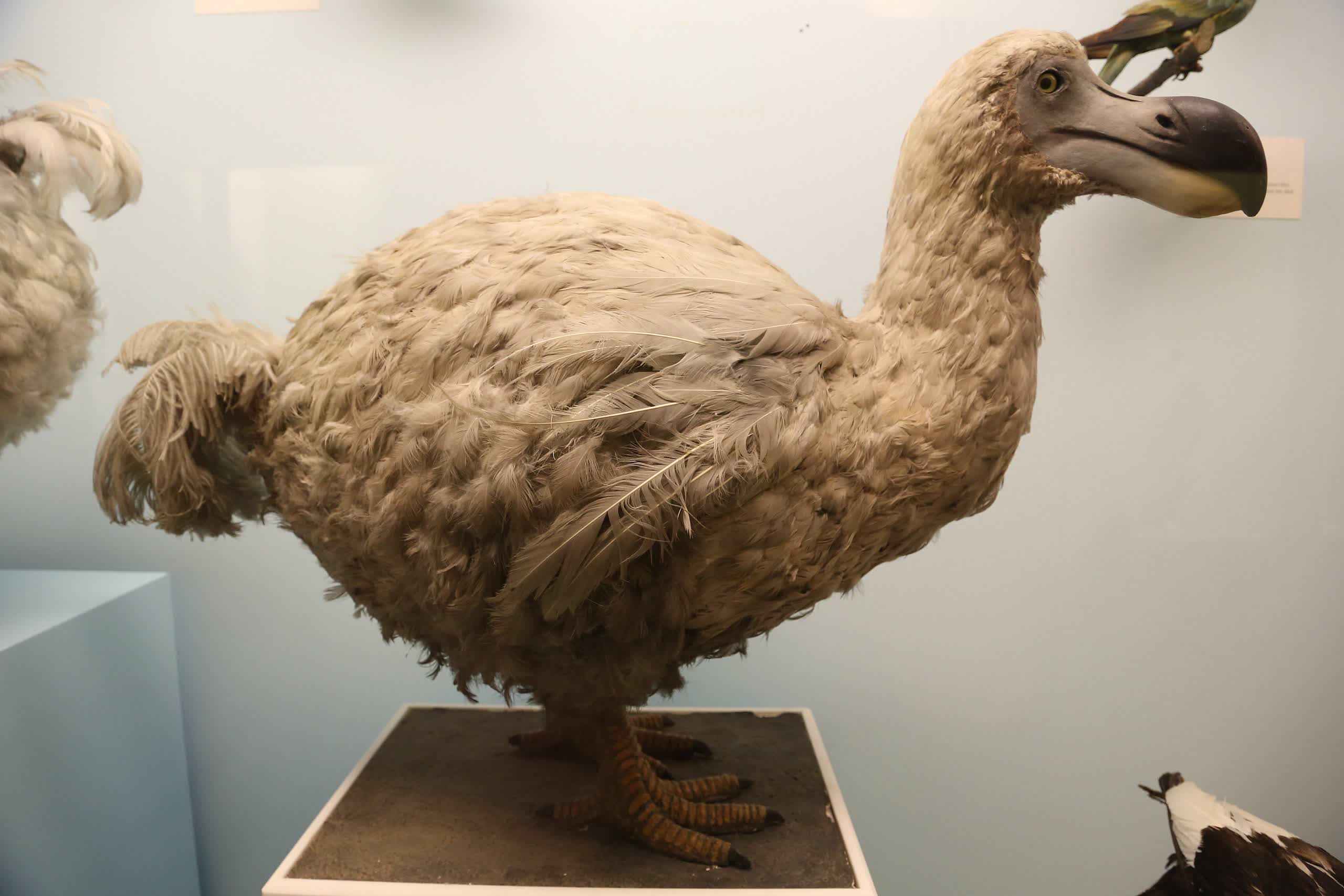WTF?! In what sounds worryingly like the plot of a certain movie franchise, scientists are trying to bring an extinct species back to life. It's not a dinosaur, thankfully, but the dodo, a flightless bird native to Mauritius that was wiped out in the 17th century.
Colossal Biosciences previously announced that it planned to bring back the woolly mammoth and the thylacine, also known as the Tasmanian tiger. The Dallas, Texas-based company has now set its sights on resurrecting the dodo, or at least a semblance of it. The technique involves using gene-editing technology, which has never been used in this way for birds before.
Beth Shapiro, a professor of ecology and evolutionary biology at the University of California, Santa Cruz, said she has already fully sequenced the dodo's genome from ancient DNA based on genetic material extracted from dodo remains in Denmark.
Will the phrase "as dead as a dodo" soon be factually incorrect?
As Scientific America explains, bringing back an extinct animal, or a proxy of one, involves editing the genome of a closely related living species—in this case, the Nicobar pigeon—to replicate the target species' genome. With mammalian species, the gene-editing material is implanted into the reproductive system of the relative species. For the dodo, the edited genome will be implanted into an egg cell, which has never been done before.
The problem is that cloning a bird requires access to an egg cell that is ready for fertilization but has yet to be fertilized. "There is no access to a bird egg cell at the same developmental time as there is for a mammal," said Shapiro. A solution could lie in an existing technique that involves removing primordial germ cells—the embryonic precursors of sperm and eggs—from an egg, editing the cells with the desired genetic traits, then injecting them back into the egg during the developmental stage.
Sharipo emphasized that they won't be creating an exact replica of a dodo. "What we are trying to do is to isolate the genes that distinguish the dodo," she said. "It would be crazy to think the solution [to the world's biodiversity crisis] was to bring back a proxy."
Colossal has raised an additional $150 million for its research into the dodo, though the plans are still in a very early stage. CEO Ben Lamm said the recreations of the birds would be "rewilded" in Mauritius, where they died out in the 1600s due to sailors who hunted them and brought invasive species across the Indian Ocean on their ships. He added that the work could assist conservation efforts for threatened species by allowing scientists to discern and preserve their key traits.
Images: Wikimedia
https://www.techspot.com/news/97470-company-trying-bring-back-woolly-mammoth-wants-resurrect.html

